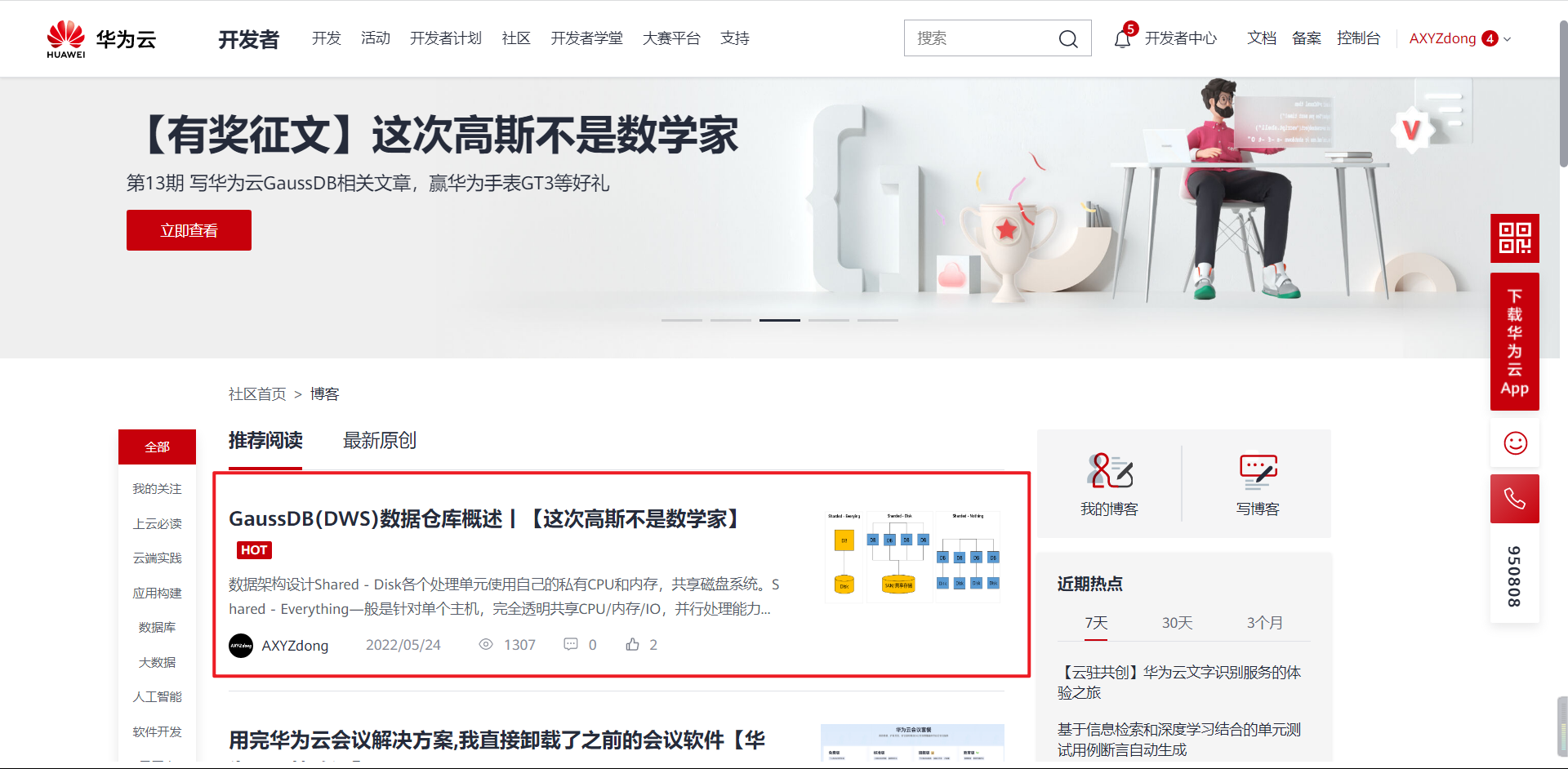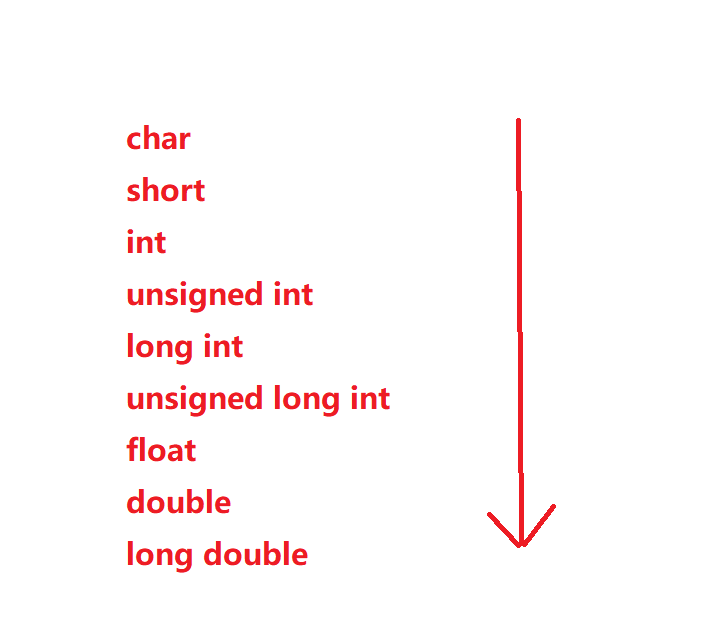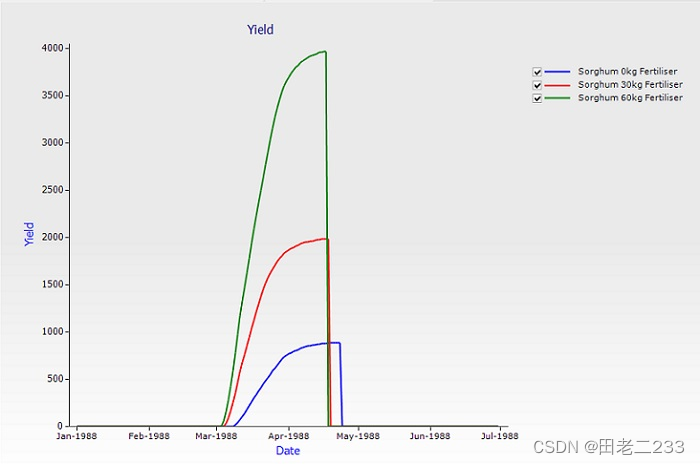
文章目录
- 一、HttpRequest对象的常用属性
- 1、request.GET:获取查询字符串参数
- 案例:
- 特别注意:
- 2、request.POST:post请求数据,只能获取表单参数
- 3、request.body:请求body,响应结果为字节类型
- 4、request.method:获取请求方法
- 5、request.user:获取当前访问的用户
- 6、request.path:当前请求路径
- 7、request.encoding:当前编码方式
- 8、request.FILES:客户端上传的文件
- 9、request.headers:客户端传递的请求头
- 二、路由
- 1、路径转换器
- str(多):默认就是使用字符串类型的,匹配除了路径分隔符/之外的任何非空字符串
- 案例:
- int(多):匹配0或者任意整数。并且返回的参数也是整数类型
- 案例
- slug:匹配任何由ascii字符或者数字、下划线组成的
- uuid:匹配格式化的uuid
- path:匹配任何非空字符,包含路径分隔符
- 2、正则路由匹配re_path
- 案例:不分组命名
- 案例:分组命名
一、HttpRequest对象的常用属性
1、request.GET:获取查询字符串参数
/crm/login?name=kobe&age=22
查询字符串参数:问号后面的key=value表示查询字符串参数。
路径参数表示:path('students/int:year/int:mouth/
路径参数在视图函数中用形式参数接收
get(self,request,mouth,year):
如果查询字符串参数中多个相同的参数,用get获取的是最后一个参数
可以采用getlist来进行获取多个相同的参数
案例:
http://127.0.0.1:8000/crm/login?name=kobe&age=22&name=zilv
print(self.request.GET.get('name',None)) zilv
print(self.request.GET.getlist('name','age')) ['kobe', 'zilv']
特别注意:
在drf框架中获取查询字符串参数也使用:request.query_params和request.GET
2、request.POST:post请求数据,只能获取表单参数

3、request.body:请求body,响应结果为字节类型
self.request.body
输出结果:
b'{\r\n "name":"kobe",\r\n "age":18\r\n}'
解码后并转化为字典格式的数据:
value=json.loads(self.request.body.decode(encoding='utf-8'))
输出结果
{'name': 'kobe', 'age': 18}
4、request.method:获取请求方法
5、request.user:获取当前访问的用户
6、request.path:当前请求路径
7、request.encoding:当前编码方式
8、request.FILES:客户端上传的文件
9、request.headers:客户端传递的请求头
二、路由
1、路径转换器
str(多):默认就是使用字符串类型的,匹配除了路径分隔符/之外的任何非空字符串
path('student/<str:pk>/',views.student_detail)
等同于
path('student/pk',views.student_detail)
案例:
路由:
urlpatterns=[
path('students/<year>/<mouth>/',views.LoginView.as_view()),
等同于
path('students/<str:year>/<str:mouth>/',views.LoginView.as_view()),
]
视图
class LoginView(View):
def get(self,request,year,mouth):
print(year)
print(mouth)
return JsonResponse({'year':year,'mouth':mouth})
输出结果:
{
"year": "2022",
"mouth": "12"
}
int(多):匹配0或者任意整数。并且返回的参数也是整数类型
案例
http://127.0.0.1:8000/crm/students/2022/dfg/
当传入非数字时:会报错
urlpatterns=[
path('students/<int:year>/<int:mouth>/',views.LoginView.as_view()),
]
输出结果:
{
"year": 2022,
"mouth": 12
}
slug:匹配任何由ascii字符或者数字、下划线组成的
uuid:匹配格式化的uuid
path:匹配任何非空字符,包含路径分隔符
2、正则路由匹配re_path
1、re_path需要导入:from django.urls import path,re_path
路由开头将path替换为re_path
2、括号中以r开头,防止转义
3、路由路径最开始使用^开头:^students:表示路径最开始以students开头
4、路由路径结尾使用$结尾:/$:表示路由以/结尾
案例:不分组命名
当将mouth和year进行调换位置
class LoginView(View):
def get(self,request,mouth,year):
print(year)
print(mouth)
return JsonResponse({'year':year,'mouth':mouth})
路由
urlpatterns=[
re_path(r'^students/(\d{4})/([1-9]|1[0-2])/$',views.LoginView.as_view())
]
输出结果:不正常了
{
"year": "12",
"mouth": "2022"
}
案例:分组命名
当将mouth和year进行调换位置
class LoginView(View):
def get(self,request,mouth,year):
print(year)
print(mouth)
return JsonResponse({'year':year,'mouth':mouth})
urlpatterns=[
re_path(r'^students/(?P<year>\d{4})/(?P<mouth>[1-9]|1[0-2])/$',views.LoginView.as_view())
]
输出结果:
{
"year": "2022",
"mouth": "12"
}



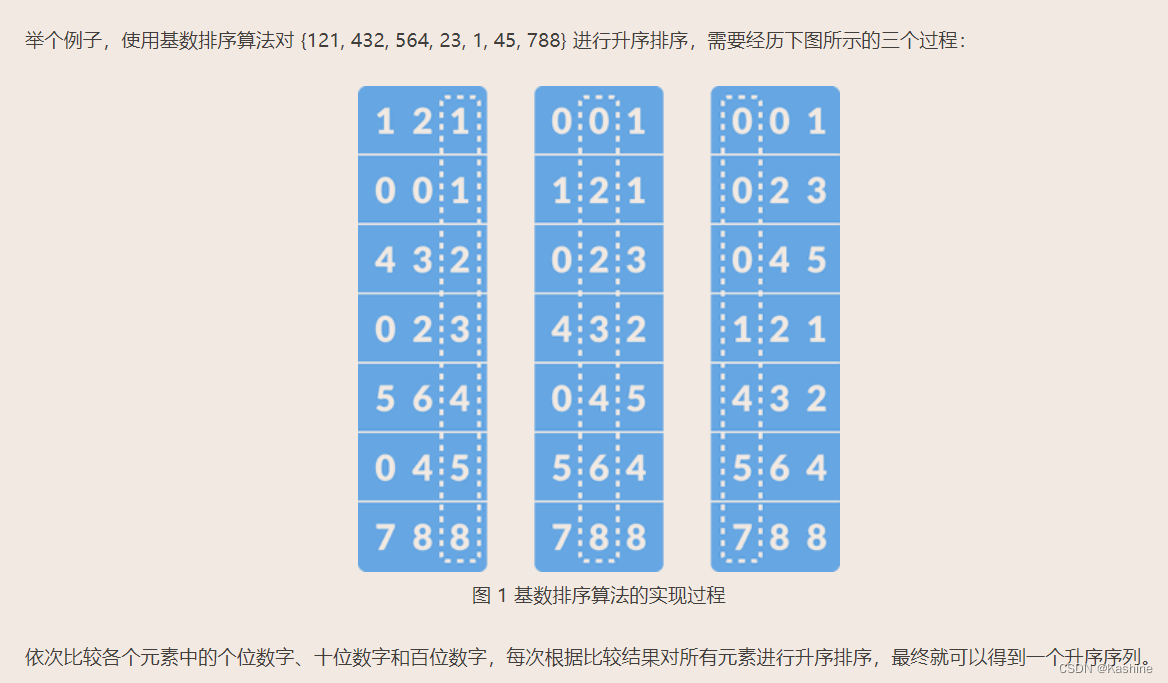

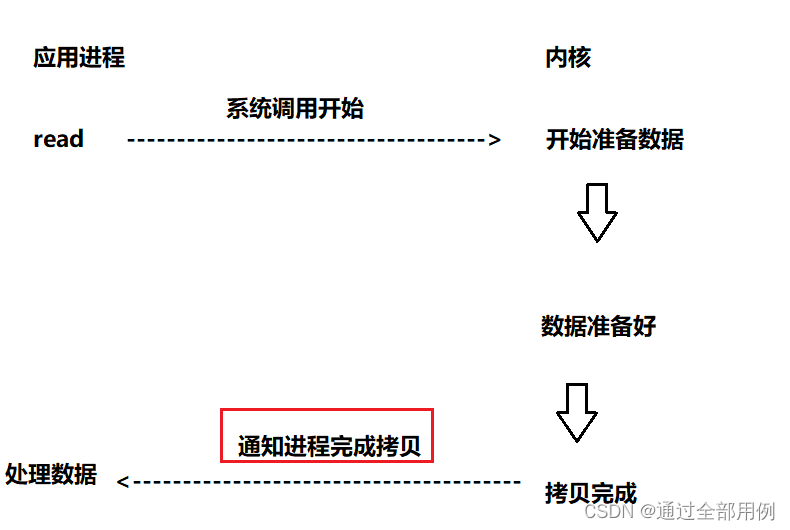



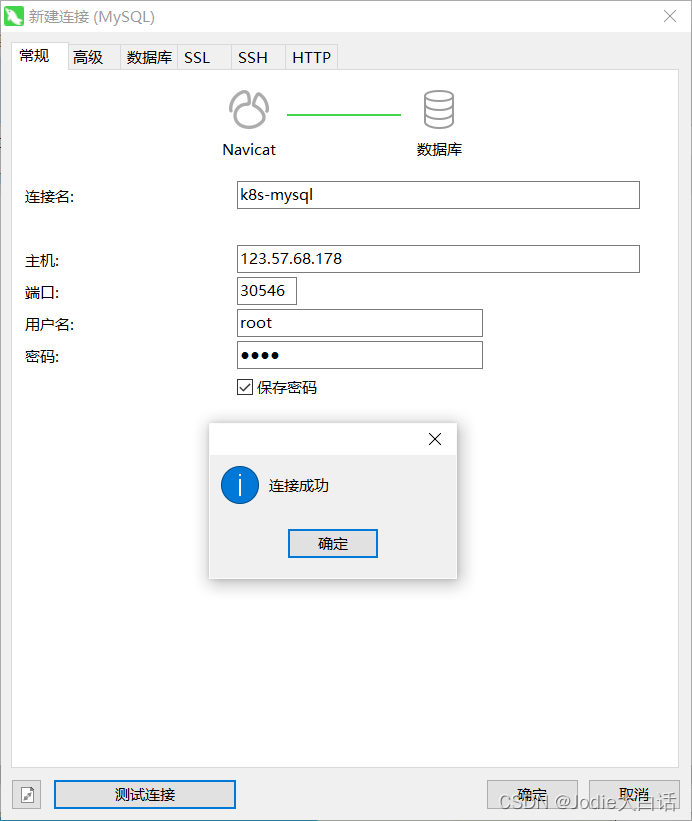






![移动Web【字体图标、平面转换[位移,旋转,转换原点,多重转换]、渐变】](https://img-blog.csdnimg.cn/254076a8730141c08912fc2b69c5b6c2.png)
